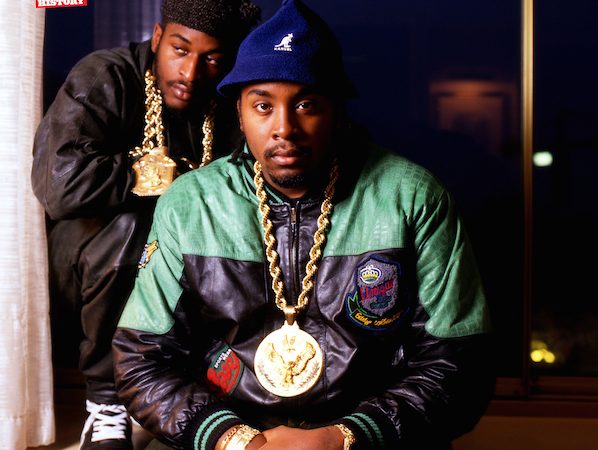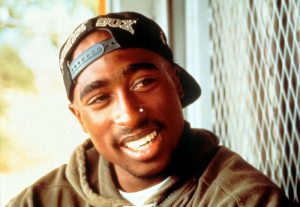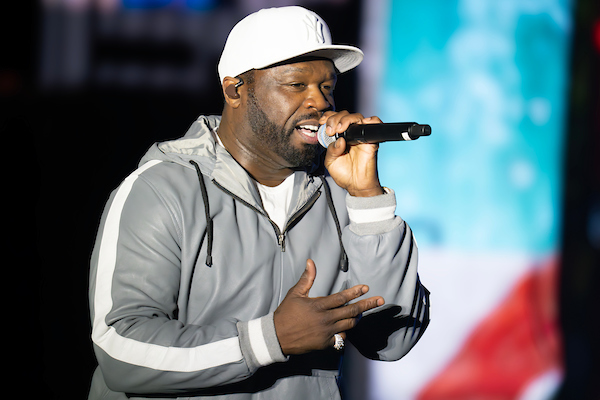Lil Wayne’s Best Crossover Songs

Though it feels like a distant memory at this point, there was once a time when people rallied against Lil Wayne as “ruining rap,” claiming he wasn’t “real” hip-hop. Thankfully, at this point in time, it’s rare anyone disputes that the man can rap— perhaps people have finally come around to him, or perhaps rap has just changed so much in the past decade that he seems more “traditional” by comparison (likely, it’s both).

Michael Tullberg/Getty Images
Regardless of what you think of him, Lil Wayne is undeniably one of the most influential rappers of all time— from Young Thug to Kendrick Lamar, you can hear pieces of his DNA in almost any rapper who came up in the past decade. Though Wayne is often celebrated for his influence when it comes to more freeform lyricism, something that isn’t talked about enough is his willingness to innovate in terms of genre and sound (it’s likely that Rebirth tainted people’s perception of him as an innovator in that regard). But the deeper you delve into Wayne’s catalogue, the more you start to see that, for better or for worse, he has a storied history of genre crossovers and was making attempts and sounds and styles that wouldn’t be picked up and popularized until over a decade later.
Below, you’ll find a selected history of Wayne’s most diverse crossover efforts.
Do you have a favorite from the list below, or one that we didn’t list? Let us know in the comments.
“Mo Fire” (2005)
Long before Drake co-opted and applied a Caribbean twinge to his music, his mentor was experimenting with reggae-infused production and rapping in patois. But unlike Drizzy, whose dancehall-inspired songs can sometimes come across as corny or forced, Wayne sounds just as comfortable here as he would rapping over anything else in the mid-2000s.
“The Only Reason” (Lil Wayne, Sizzler, & T. Streetz) (2007)
Wayne cranks the reggae-influence to 1000 and doubles down with what he did on “Mo Fire.”
“Lollipop” (featuring Static Major) (2008)
Though Kanye West is usually credited with popularizing autotune innovation, “Lollipop” predates the seminal 808s & Heartbreak by over six months. And for Wayne, “Lollipop” was even more of a departure from his usual sound than 808s was for Yeezy.
“See You in My Nightmares” (Kanye West featuring Lil Wayne) (2008)
Kanye enlists Weezy for another go at electropop, suggesting his experimentation with “Lollipop” wasn’t going to be a one-off affair.
“Tiffany Blews” (Fall Out Boy featuring Lil Wayne) (2008)
Wayne only has a short bridge on “Tiffany Blews,” but the collaboration is of note as it shows Weezy’s budding interest in pop-punk (he also appeared alongside Kanye, Lupe, and a handful of other rappers on Fall Out Boy’s ”This Ain’t a Scene, It’s an Arms Race (Remix)” the previous year).
“Yes” (featuring Pharrell) (2009)
Pharrell has always had a knack for production that sounds futuristic even in the future— though more abrasive electronic beats have become the norm in contemporary hip-hop, “Yes” still sounds a little out-there even in 2019. It’s simply a testament to the fact that Weezy can rap over anything.
“Hot Revolver” (2009)
Though “Prom Queen” was the first single from Rebirth, it was still mostly recognizable as a hip-hop song. The album’s would-be second single “Hot Revolver” (a remastered version of which eventually found its way onto I Am Not A Human Being II) takes a full-on plunge into alternative rock with guitar-based production and Wayne singing the entire track.
“Bend it Ova” (5th Ward Webbie featuring Lil Wayne) (2009)
Being from New Orleans, Weezy always dabbled in bounce-inspired production (especially thanks to Mannie Fresh early on in his career), but there are surprisingly few full-on bounce songs in his discography.
“Knockout” (featuring Nicki Minaj) (2010)
The Nicki Minaj-assisted “Knockout” is perhaps the most pop-punk sounding of all the songs on Rebirth— and one of the least offensive to the ears at that.
“How to Love” (2011)
If “6 Foot 7 Foot” is Tha Carter IV’s version of “A Milli,” “How to Love” is its “Lollipop.” Though not as beloved as “Lollipop,” it’s another testament to how much earlier than his peers Lil Wayne began experimenting with things like singing and rapping in falsetto and utilizing acoustic guitar production.
“Hello” (2013)
I Am Not Human Being II gets a bad rap— though far from the top when it comes to Weezy’s expansive discography, it’s a fun album in its own right other than a handful of duds. Unfortunately, “Hello” is one of them. It’s a nu-metal song. That’s really all you need to know.
“Mad” (Solange featuring Lil Wayne) (2016)
Weezy dabbles in neo-soul/R&B as he hops on Solange’s exceptional A Seat at the Table on to deliver a standout verse on one of the best songs on the album.
“What’s My Age Again? / A Milli” (Blink 182 & Lil Wayne) (2019)
As you probably know by now, Lil Wayne and Blink-182 recently announced a co-headlining tour via a mashup of “What’s My Age Again?” and “A Milli.” Though far from the first time Wayne has spliced his music with genres on the rock spectrum, it demonstrates a possible renewed interest in the pop-punk as well as marking the first officially released mashup in Weezy’s discography.






